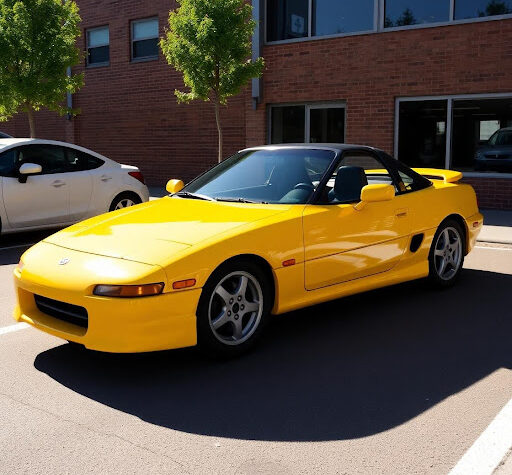
Ai Interview with Prof. Rudolf C. Stauber, Fraunhofer Institute for Silicate Research
Career
After studying chemistry in Mainz and Würzburg, followed by a doctorate in the field of organic and analytic chemistry, Prof. Rudolf Stauber held in various positions at the BMW Group Munich until 2012, finally as senior head of the department of Materials Development and Engineering Strength in Automotive Engineering. Since 2012 he has been general manager of the IWKS project group, Hanau/Alzenau at the Fraunhofer Institute for Silicate Research (ISC), Würzburg. Back in 1999 he became head of the VDI department Plastics in Automotive Engineering.
Where does the Plastics in Automotive Engineering department currently stand?
Today plastics are well-proven and well-established construction materials in all facets of modern passenger cars and commercial vehicles. Plastics specifically support automotive lightweight design and the energy efficiency of motor vehicles and make outstanding vehicle crash behavior and pedestrian protection possible. In addition they help deliver the best possible aerodynamics and support modern design in both the exterior and interior. The high quality of vehicle interiors is quite considerably influenced by innovative plastics and plastics technologies. Furthermore, plastics in many cases make particularly economic component designs and technical solutions possible.
Where are the current challenges of the market? What future developments must manufacturers and suppliers respond to?
The German automotive industry is successful and outstandingly competitive both domestically and internationally. Responsible for this are innovative vehicle concepts, which are in turn supported and made possible by suitable material concepts and thus also by plastic concepts. As a location Germany is also unique in that the complete value chain is present – from raw materials (the plastics industry) via plastic processing machine manufacturers and suppliers right up to the automobile manufacturers themselves. This means the best possible bundling of engineering capacities and short decision-making channels.
What role do German companies play in the international competitive environment?
Globally Germany is to be counted amongst the trailblazers as far as using plastics in the automotive sector is concerned. This also has to do with the favorable conditions which the country enjoys as a location and also with the immense potential for Innovation offered by the companies. In areas such as lightweight design, energy efficiency, vehicle concepts tailored to the customer, economically efficient components and resource-optimized vehicle manufacturing German companies have carved out an outstanding position in the world market.
What trends do you see as regards new applications and technologies?
Certainly hybrid and electric vehicles would have to be mentioned first here. We’re on the right road even if a lot of questions relating to electromobility still need to be clarified. Then there are other areas such as consumption-optimized and low-maintenance vehicles, plastic glazing, the use of CFRP materials and color films as a paint substitute as well as natural materials in the vehicle interior.
What topics will this year’s conference be particularly focusing on?
At the forefront will be the themes of lightweight design with plastic, high quality in the passenger compartment, multifunctionality, resource efficiency and cost effectiveness. Our guests will encounter these in numerous papers over the two days of the conference. These themes are also reflected in the technical exhibition which runs in parallel.
What high points (papers) does the 2013 Plastics in Automotive Engineering conference offer?
In the light of the large number of top-class speakers and subjects it is hard to pick any out. There is no doubt the papers dealing with CFRP technology will enjoy particular attention as the big question here is how high-strength fibers can be processed on the industrial scale. But I also look forward to valuable information about the state of the art in areas such as the supplier chain, hybrid construction or the economically efficient manufacture of components.




More Stories
TomTom’s Orbis Maps with 3D Lane geometry set new standards for mapping precision
Accelerating The Development of Hydrogen Vehicles & Infrastructure – Europe’s Biggest Players Meeting at Premier Event
Automotive IQ Announces the 15th Annual Automotive Functional Safety Week 2025